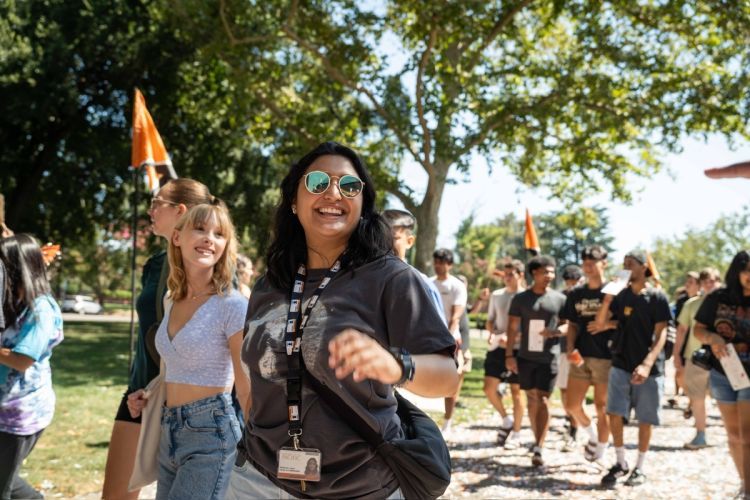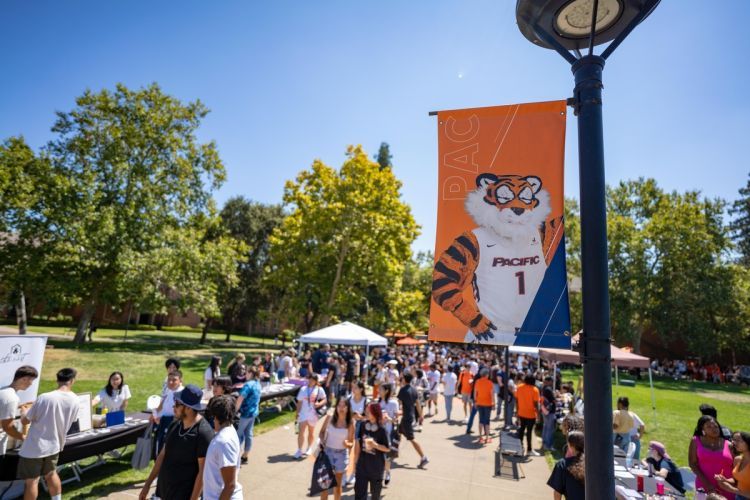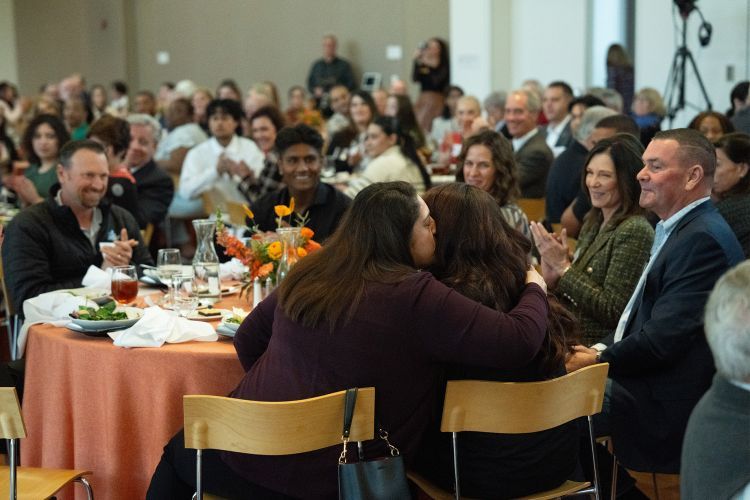Breadcrumb
New makerspace will enable exploration and innovation
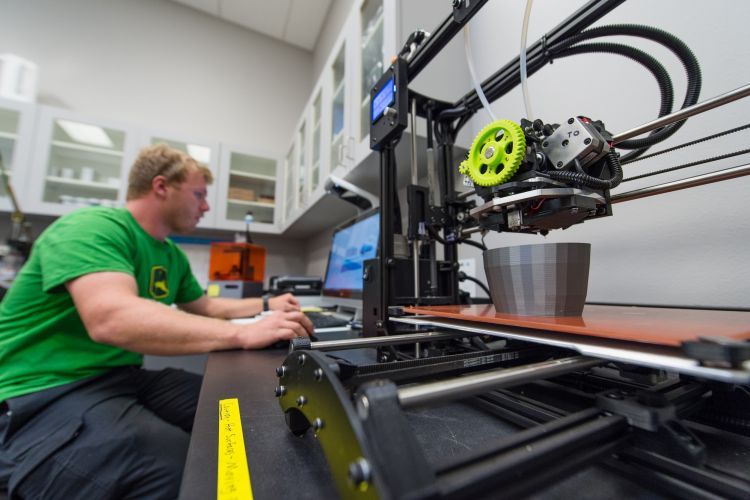
Once completed, the 10,000-square-foot space will house rapid prototyping equipment, 3D printers and more.
Pacific’s School of Engineering and Computer Science is set to open a new 10,000-square-foot makerspace next academic year that will empower students and faculty to explore their creativity and turn learning into action.
The space was made possible through a $1 million gift from long-time supporter Fletcher Jones Foundation whose 40-year partnership includes the establishment of an endowed professorship in the data science program.
"The Fletcher Jones Foundation is thrilled to continue the longstanding partnership with University of the Pacific with this new makerspace,” said Mary J. Spellman, executive director and treasurer for the foundation. “It is an honor to support Pacific’s dynamic approach to learning and the creation of this collaborative space to enhance learning across and among the various disciplines and majors.”
With support from the foundation, the new makerspace will include team rooms, low- and high-resolution prototyping, innovative storage solutions, 3D printers, work tables, electronic prototyping stations, new whiteboards and a student lounge.It currently houses the Technological Innovation and Entrepreneurship (TIE) program lab which will be reimagined to become an open area with high ceilings and natural skylights. The lab also has a machine shop, rapid prototyping equipment, computer area, several classrooms and faculty offices.
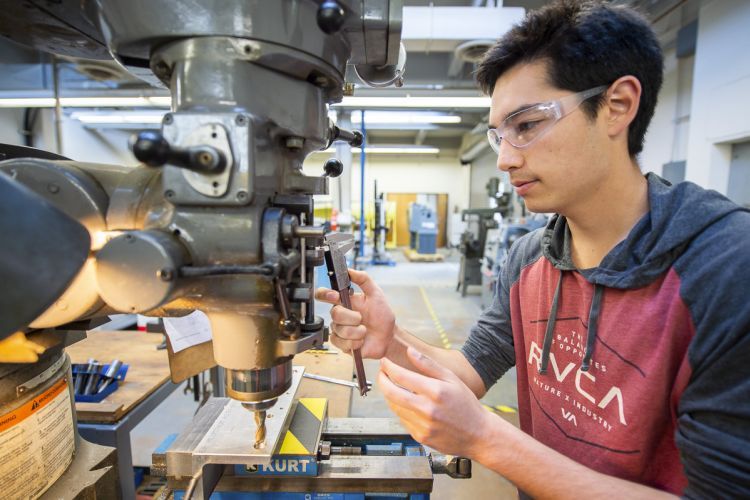
The reimagined space will be an open area with high ceilings and natural skylights housing a machine shop and other equipment.
“We are very excited to continue our long-time relationship with the Fletcher Jones Foundation to support our program and its focus on experiential learning,” said Elizabeth Orwin, the new School of Engineering and Computer Science dean. “This makerspace will foster collaboration, creativity, and innovation among students from different majors and will be the epicenter of activity for our school, the university and our community outreach programs.”
The makerspace renovation is part of a strategic vision to turn the south campus into a thriving innovation hub that promotes interdisciplinary learning and projects that span academic programs at the university.
Its proximity to design studios and labs connected with communications, art and chemistry departments make it an ideal location for engaging students and faculty across academic disciplines. Local elementary and high school students will also benefit through Pacific’s numerous STEM-related community outreach and pipeline programs.
“This space will be a platform for enhancing existing programs and creating new ones we haven’t yet imagined,” said Orwin.
The space will also bolster the university’s efforts to become a national model for diversity, equity and inclusion in higher education.
Nationally, women make up less than 20% of bachelor’s degrees earned in engineering and computer science, with ethnic minorities reflecting similar disparity. Recent studies have shown that makerspaces increase motivation, support retention and create a feeling of belonging in underrepresented groups. The addition of a prominent makerspace will help contribute to the engineering school’s effort to enroll a student body that reflects the diversity of the region and increase the number of women studying engineering and computer science.


